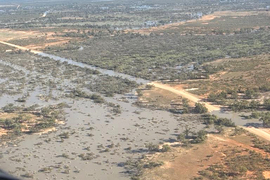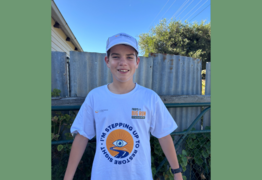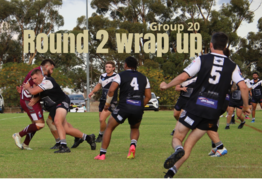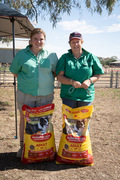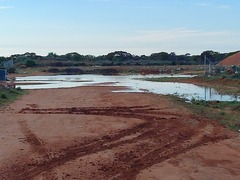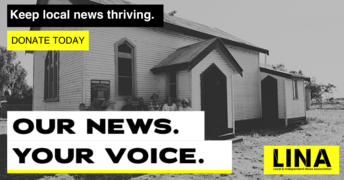The bushranger Captain Starlight
Krista Schade
05 May 2025, 5:00 AM
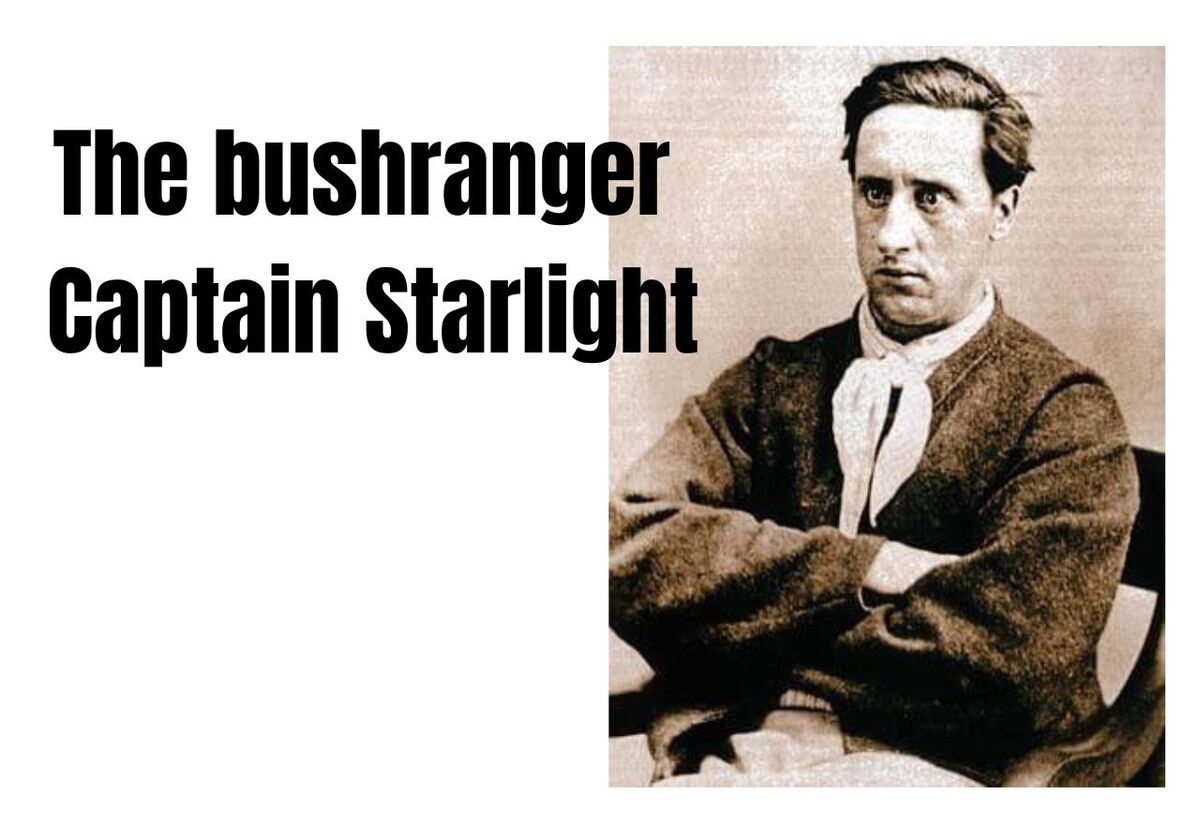
Author Jane Smith unveils the mystery of the man of many names.
In 2015 author Jane Smith published a biography of Captain Starlight, as part of her bushranger series.
Her meticulous research reveals the stranger than fiction story of a compulsive liar and serial imposter: a doctor, a stockman and an accountant - and a bushranger, forger, con-man and killer. It is a true story of murder and deceit that reveals new information and presents, for the first time, a theory as to the real identity of the bushranger known as 'Captain Starlight'.
The biography blurb reads;
“Perth, 1899: a respected public servant mistakes a bottle of cyanide for his heart medicine, swallows it and dies. Months later on the other side of the country, a prisoner of Pentridge gaol with the same name as the deceased reads of the inquest with alarm. He writes to the coroner with his suspicions: the supposedly upstanding government accountant was an impostor - an ex-con - who had stolen his identity and deceived people at the highest level.
“The claims sent the authorities into a spin. Who really was the deceased? Was it possible he was the bushranger known as 'Captain Starlight' who, thirty years earlier, had callously murdered a policeman and been sentenced to hang? How had he pulled off the subterfuge and what other secrets remained hidden?
“As the investigation unfolds, the remarkable life and crimes of Captain Starlight, committed across four states of Australia under countless aliases, are revealed.”
The Australian bushranger Captain Starlight was born Frank Pearson in 1837. Stories of his early life changed with every telling; one story was that he was born in London and came to Australia in 1866, while other in other tales he claimed American, Mexican, Spaniah and Irish heritage.
Pearson also claimed he was the inspiration for a fictional figure of the same pseudonym: the character Captain Starlight in Rolf Boldrewood's novel, of 1882–1883, Robbery Under Arms.
The author Boldrewood, denied the claim and stated that the character was a composite of several bushrangers of the era.
In September 1868, calling himself ‘Doctor Frank Pearson’, he teamed up with stockman Charley Rutherford and robbed the Yarrambah Post Office, and Angledool Station in NSW before heading to Enngonia.
Police constables, McCabe and McManus, set out from Walgett, NSW to catch the bushrangers but became lost. The Police patrol stopped for supplies in Enngonia and were making a purchase at the Shearer's Inn when Pearson and Rutherford entered the inn yelling Bail Up.
Both constables opened fire hitting Pearson in the arm and wrist while Pearson returned fire hitting McCabe in the chest. The two bushrangers then fled to Belalie where they stole fresh horses before continuing down the Darling River to near Pooncarie where they split up and went their separate ways.
Pearson travelled north, robbing several stations along the way before heading toward Mount Gunderbooka, 70 kilometres, south of Bourke.
A police party tracked Pearson to Mount Gunderbooka but he eluded them in the thick scrub of the mountain. Based at the foot of the mountain, the police stationed men at the waterholes to prevent Pearson from access to water, and chased him for three days. They finally captured him on Christmas Day, in a small cave, weakened from lack of water and badly bitten by bull ants. He was still armed, but didn’t resist.
Constable McCabe had died from his injury in November, and Pearson was charged with his murder. Committed for trial on 4 January 1869 Pearson was found guilty at trial on 3 May 1869 and sentenced to death. The sentence was later commuted to life imprisonment and he was released in 1884 after fifteen years.
The commutation of his sentence was controversial. There is some evidence to suggest that William Munnings Arnold, Parliamentary Speaker of the time, may have influenced the decision.
According to legend, In 1884 bushrangers stopped at the local police station in Barmera, South Australia, where they locked the police in their own cells. The leader of the gang then rode his horse into the bar of the Overland Corner Hotel and carved his name into the wall. No trace remains of the name and his identity is disputed with some claiming it was Captain Moonlite, while others claim it was Pearson. It is known that Pearson was active in the area at the time.
Later life
Pearson returned to Queensland and in 1887 was arrested for forgery and false pretences, under the name of Frank Gordon (alias Dr Lamb). He was tried in Rockhampton and sentenced to a year in prison in Brisbane.
He was admitted to Boggo Road Gaol and shortly afterwards, transferred to St. Helena Island. It was while in prison here that Pearson boasted that he was the inspiration for Boldrewood's Captain Starlight. While in prison he met fellow prisoner Major Patrick Edward Pelly and, from his release, Pearson adopted that name.
Upon his release from gaol, Pearson was re-arrested, tried at Toowoomba, and imprisoned (again as Frank Gordon) in the Toowoomba Gaol for another three months.
Upon his release, and as Patrick "Frank" Pelly he lived in South Australia for around two years, working as a drover, reportedly turning his back on his criminal ways.
In 1896 he moved to Perth, renamed himself once more as Major Patrick Frances Pelly, and was employed on the recommendation of the WA Premier, Sir John Forrest, as a clerk-accountant with the Geological Survey of Western Australia.
In Perth he often related elaborate and false stories of his past as a major in the British army and a member of the Russian Czar's bodyguard.
Death
On 22 December 1899, Pearson died after accidentally swallowing cyanide. He was drunk and mistook it for his medicine. Apparently, Pearson had been feeling unwell and took a swig of what he thought was his heart medication, but he had grabbed the wrong bottle in the dark and instead drank poison. He is buried in Karrakatta Cemetery, Western Australia.
NEWS
SPORT
RURAL
